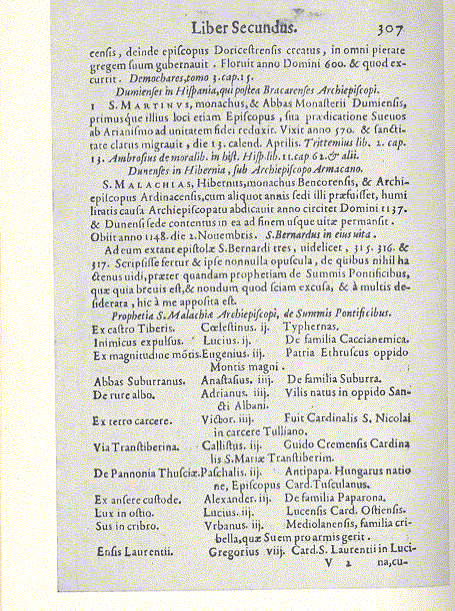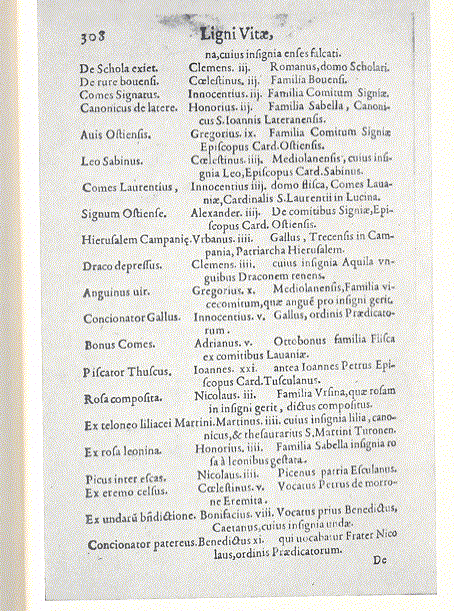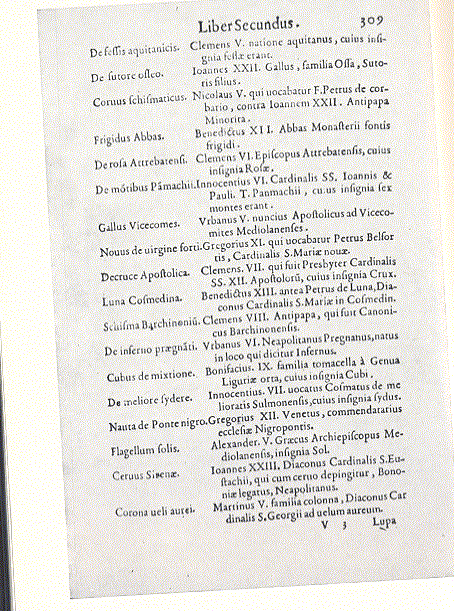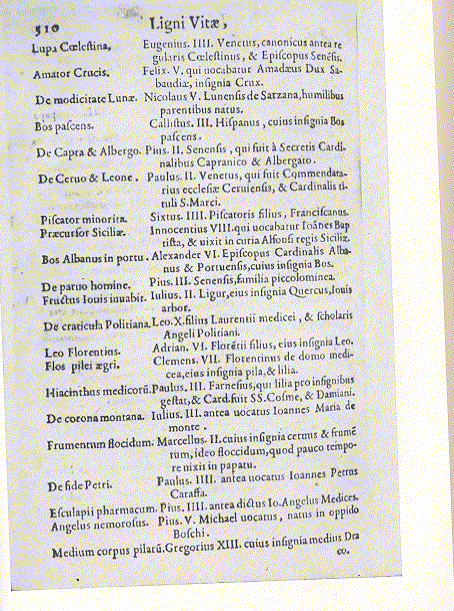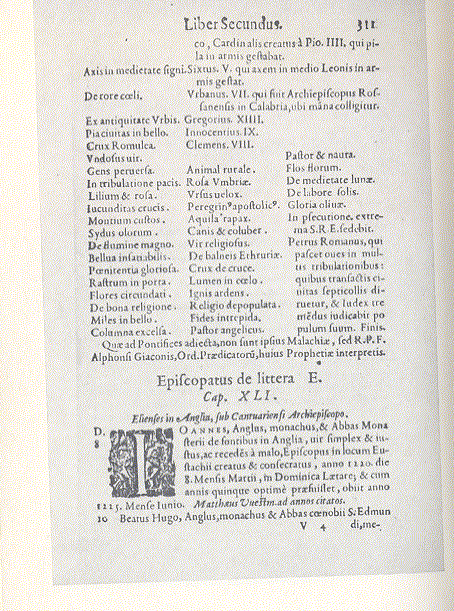
 |
P r o p h e t i e s O n L i n e |
|
|
The largest library about Nostradamus for free ! |

 |
Don Giovanni Bosco Altre Profezie Elisabetta Canori Catherine Emmerich Suor Gabriella Gioachino da Fiore Jacob Lorber Saint Malachia Rasputin Suor Ali' Anna Maria Taigi The Archangels Maria Valtorta The Virgin of Naju
|
By clicking from the top links you can access pages relating to some very famous mystics |
|||||||||||||||||||||||||||||||||||||||||||||||||||||||||||||||||||||||||||||||||||||||||||||||||||||||||||||||||||||||||||||||||||||||||||||||||||||||||||||||||||||||||||||||||||||||||||||||||||||||||||||||||||||||||||||||||||||||||||||||||||||||||||||||||||||||||||||||||||||||||||||||||||||||||||||||||||||||||||||||||||||||||||||||||||||||||||||||||||||||||||||||||||||||||||||||||||||||||||||||||||||||||||||||||||||||||||||||||||||||||||||||||||||||
|
|
|||||||||||||||||||||||||||||||||||||||||||||||||||||||||||||||||||||||||||||||||||||||||||||||||||||||||||||||||||||||||||||||||||||||||||||||||||||||||||||||||||||||||||||||||||||||||||||||||||||||||||||||||||||||||||||||||||||||||||||||||||||||||||||||||||||||||||||||||||||||||||||||||||||||||||||||||||||||||||||||||||||||||||||||||||||||||||||||||||||||||||||||||||||||||||||||||||||||||||||||||||||||||||||||||||||||||||||||||||||||||||||||||||||||
|
Read my blog below, or check it online at: |
|||||||||||||||||||||||||||||||||||||||||||||||||||||||||||||||||||||||||||||||||||||||||||||||||||||||||||||||||||||||||||||||||||||||||||||||||||||||||||||||||||||||||||||||||||||||||||||||||||||||||||||||||||||||||||||||||||||||||||||||||||||||||||||||||||||||||||||||||||||||||||||||||||||||||||||||||||||||||||||||||||||||||||||||||||||||||||||||||||||||||||||||||||||||||||||||||||||||||||||||||||||||||||||||||||||||||||||||||||||||||||||||||||||||
|
Note: All reasonable
attempts have been made to contact the copyright We would be grateful if any whom we have been unable to contact would get in touch with us.
|
|||||||||||||||||||||||||||||||||||||||||||||||||||||||||||||||||||||||||||||||||||||||||||||||||||||||||||||||||||||||||||||||||||||||||||||||||||||||||||||||||||||||||||||||||||||||||||||||||||||||||||||||||||||||||||||||||||||||||||||||||||||||||||||||||||||||||||||||||||||||||||||||||||||||||||||||||||||||||||||||||||||||||||||||||||||||||||||||||||||||||||||||||||||||||||||||||||||||||||||||||||||||||||||||||||||||||||||||||||||||||||||||||||||||
|
St. Malachy
Malachy
O Morgain(1094-1148)was an Irish priest and seer who foretold the
identities of 112 Roman Catholic popes, from the reign of Celestine
II in 1143 to the present time and beyond.
"In the final persecution of the Holy Roman Church there will be reign Peter the Roman, who will feed his flock among many tribulations; after which the seven-hilled city will be destroyed and the dreadful Judge will judge the people". The first formally canonized Irish saint, Malachy was born into a wealthy and learned family in Armagh. From early childhood he was drawn to the religious and mystical life, and while still a youth he apprenticed himself to St. Imar, a hermetic monk. In his 20s Malachy was made vicar of Amagh. During the ensuing years he embarked upon a program of church reform and is also credited with performing miracles of healing. Malachy succeeded to the archbishopric of Armagh in 1132, but desirous of a simpler existence, he gave up the post five years later. Malachy' s predictions reputedly were made in 1139 while he was on a pilgrimage to the Vatican, where he was appointed papal legate for Ireland.(On his last trek to the holy see, in 1148, Malachy accurately predicted the place and time of his own death: Clairvaux, France, on All Souls Day, November 2, of that same year). Malachy "saw" and committed to paper a series of Latin phrases describing the popes to come. Except for the final apocalyptic note about Petrus Romanus, these are brief lines of no more than four words. They usually refer to a pope's family name, birthplace, coat-of-arms, or office held before election to the papacy. Some of the phrases contain ingenious wordplay or even puns; some are multiple prophecies. Pius III, who reigned for only 26 days in 1503, was aptly described as "De Parvo Homine," or "from a little man. "Pius s family name was Piccolomini, Italian for "little man." Some Catholic scholars insist that St. Malachy never saw the prophecies, which bear his name, and the official Church attitude holds that they are a forgery dating from the 16th century. If hindsight was responsible for the early predictions, then the accuracy of the predictions should have decreased sharply after 1600, But consider what Malachy foresaw for some later profits-all of whom reigned during the 20th century. Benedict XV was given the chilling appellation "Religio Depopulata" (" Religion laid waste"). Unfortunately, it was accurate. Benedict XV served from 1914 to 1922, when World War I "laid waste" the religious populations of several continents. John XXXIII occupied the Vatican from 1958 to 1963. Malachy called him " Pastor et Nauta," or "Pastor and sailor" Certainly a great pastor to his own people, John "modernized" his Church and wrote one of the most brilliant papal documents in history, Pacem in Terris. He was also a true pastor of the world, loved and admired by millions of non-Catholics, from 1953 until he became pope in 195, John was the patriarch of Venice, a city full of sailors. When he convoked the Ecumenical Council in 1962, John chose two symbols for the council badge-a cross and a ship. "Flos Florum" represented his successor, Paul VI, in Malachy s vision: "flower of flowers." Paul's coat of arms depicted three fleurs-de -lis. John Paul I, who succeeded Paul in 1978 and held office for only 34 days, was referred to as "De Medietate Lanae," or "from the half moon. "John Paul's papal mission was undoubtedly less than " half" completed when he died. His given name was Albino Luciani, or "white light"- such as that given off by the half-moon in Malachy s prophecy. One of Malachy' s strangest predictions concerned the pope who would follow "De Medietate Lunae. "He is designated as "De Labore Solis,' or "from the toil of the sun." Applied to John Paul II, this phrase reveals nothing less than a double prophecy. The current pope, the first non-Italian elected 456 years, is a native of Krakow, Poland. Krakow is the city where, in the 15th and 16th centuries, Copernicus "toiled" for years to prove his heretical theory that the earth revolved around the sun. Many of Malachy s interpreters also suggested that the "sun" reference indicated a young pope. Fifty- eight years old at the time of his election, John Paul II is the youngest pope in over a century. John Paul II is successor is called " Gloria Olivae," or "glory of the olive. "traditionally, the olive branch has been associated with peace, but bit in both the Old and New Testaments it also serves as an emblem for the Jews. Putting the two together, some commentators believe that the reign of this pope will be a peaceful one during which the prophesied conversion of the Jews will take place. However , Malachy' s description may instead refer to St. Benedict's 6th century prophecy that a member of his order will lead the Church in its fight against evil just before the Apocalypse. The Benedictine Order is known by another name: Olivetans.1 After Gloria Olivae comes Petrus Romanus, the final pope of Rome, during whose reign " the seven-hilled city will be destroyed. "The Church particularly, and understandably, repudiates St. Malachy's last, black prophecy. But it is striking that at least one pope had a similar mystical vision. In 1909, while granting an audience, pope Pius x leaned back and closed his eyes. Suddenly he "awoke" and ride out: "What I see is terrifying. Will it be myself? Will it be my successor? What is certain is that the pope will quit Rome, and in leaving the Vatican, he will have to walk over the dead bodies of his priests." Pius' s prophecy was fulfilled neither in his own time nor in that of the next pontiff. According to Malachy' s vision of the Church's "tribulation," it applies to the successor of Gloria Olivae the next pope but one. Could destruction of seven hilled city and as a result people get disappointed from present system and all attention be towards Baha'i faith and the leather ship of Universal House of Justice (the dreadful Judge as described by Malachy). 1 This is a fulfilled prophecy, in fact the new Pope has been called "Benedict XVI" Copy extracted from the original « Lignum Vitae », published in Venice en 1595, in which the Prophecy appeared for the first time, under Arnoldus de Wion. ( thanks to Claude Latrémouille )
|
|||||||||||||||||||||||||||||||||||||||||||||||||||||||||||||||||||||||||||||||||||||||||||||||||||||||||||||||||||||||||||||||||||||||||||||||||||||||||||||||||||||||||||||||||||||||||||||||||||||||||||||||||||||||||||||||||||||||||||||||||||||||||||||||||||||||||||||||||||||||||||||||||||||||||||||||||||||||||||||||||||||||||||||||||||||||||||||||||||||||||||||||||||||||||||||||||||||||||||||||||||||||||||||||||||||||||||||||||||||||||||||||||||||||

